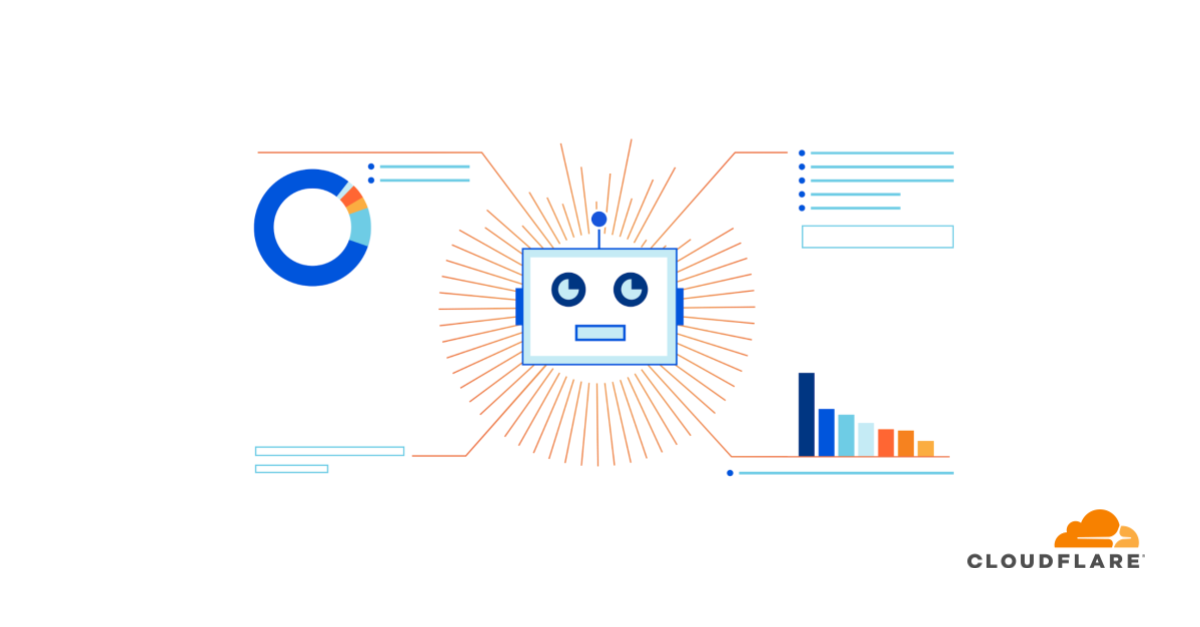Video: Cisco SD-WAN Onboarding Process
After describing Cisco SD-WAN architecture and routing capabilities, David Penaloza focused on the onboarding process and tasks performed by the Cisco SD-WAN solution (encryption, tunnel establishment, and device onboarding) in it’s so-called Orchestration Plane.
Video: Cisco SD-WAN Onboarding Process
After describing Cisco SD-WAN architecture and routing capabilities, David Penaloza focused on the onboarding process and tasks performed by the Cisco SD-WAN solution (encryption, tunnel establishment, and device onboarding) in it’s so-called Orchestration Plane.
6 Essential “Cybersecurity Awareness Month” Tips for Savvy Organizations
As we near the end of cybersecurity awareness month, don’t fall behind in the battle. Follow these tips to stay ahead of security risks.Introducing Data-in-Transit Encryption for Calico Enterprise
We’re excited to announce that Calico Enterprise, the leading solution for Kubernetes networking, security and observability in hybrid and multi-cloud environments, now includes encryption for data-in-transit.
Calico Enterprise is known for its rich set of network security implementations to protect container workloads by restricting traffic to and from trusted sources. These include, but are not limited to, implementing existing enterprise security controls in Kubernetes, managing egress access using DNS policy, extending firewalls to Kubernetes, and intrusion detection and threat defense. As the Kubernetes footprint expands, however, we’ve seen demand for an even greater in-depth approach to protecting sensitive data that falls under regulatory compliance mandates.
Not all threats originate from outside an organization. According to Gartner, nearly 75% of breaches happen due to insider behavior, from people within the organization such as employees, former employees, contractors or business associates, who have inside information concerning the organization’s security practices, data and computer systems. This level of exposure is unacceptable for organizations that have strict data protection and regulatory compliance requirements. No matter where a threat originates, encrypted data is unreadable to anyone except the legitimate keyholder, thus protecting the data should a breach occur.
Several regulatory standards Continue reading
DDoS protection of local address space
sflow sample 16384
sflow polling-interval 30
sflow extension bgp
sflow destination 10.0.0.70
sflow run
docker run --rm -d -e "COLLECTOR=host.docker.internal" -e "SAMPLING=10" \Continue reading
--net=host -v /var/run/docker.sock:/var/run/docker.sock:ro \
--name=host-sflow sflow/host-sflow
IPv6 Buzz 063: Revisiting IPv6-Only
In this week's episode Ed, Scott, and Tom revisit the topic of IPv6-only and discuss its current state in service provider networks, in the data center, and even to the desktop.
The post IPv6 Buzz 063: Revisiting IPv6-Only appeared first on Packet Pushers.
IPv6 Buzz 063: Revisiting IPv6-Only
In this week's episode Ed, Scott, and Tom revisit the topic of IPv6-only and discuss its current state in service provider networks, in the data center, and even to the desktop.Heavy Strategy 002 – Is Microsoft VMware’s Biggest Threat ?
A topic that’s been popular from my blog is Microsoft is VMware’s biggest threat. The core of the conversation around it seems be about the stack. Does it make sense to outsource private and public cloud engineering to a provider such as Microsoft. An adjacent conversation is does VMware matter when you zoom out of... Read more »Introducing Bot Analytics


Bots — both good and bad — are everywhere on the Internet. Roughly 40% of Internet traffic is automated. Fortunately, Cloudflare offers a tool that can detect and block unwanted bots: we call it Bot Management. This is the most recent platform in our long history of detecting bots for our customers. In fact, Cloudflare has always offered some form of bot detection. Over the past two years, our team has focused on building advanced detection engines, innovating as bots become more sophisticated, and creating new features.
Today, we are releasing Bot Analytics to help you visualize your automated traffic.
Background
It’s worth including some background for those who are new to bots.
Many websites expect human behavior. When I shop online, I behave as anyone else would: I might search for a few items, read reviews when I find something interesting, and eventually complete an order. This is expected. It is a standard use of the Internet.

Unfortunately, without protection these sites can be ripe for exploitation. Those shoes I was looking at? They are limited edition sneakers that resell for five times the price. Sneaker hoarders clamor at the chance to buy a pair (or fifty). Or perhaps Continue reading
Don’t Lift-and-Shift Your Enterprise Spaghetti into a Public Cloud
Jon Kadis spent most of his life working on enterprise networks, and sadly found out that even changing jobs and moving into a public cloud environment can’t save you from people trying to lift-and-shift enterprise IT kludges into a greenfield environment.
Here’s what he sent me:
Don’t Lift-and-Shift Your Enterprise Spaghetti into a Public Cloud
Jon Kadis spent most of his life working on enterprise networks, and sadly found out that even changing jobs and moving into a public cloud environment can’t save you from people trying to lift-and-shift enterprise IT kludges into a greenfield environment.
Here’s what he sent me:
How to troubleshoot routing protocols session flaps – part 1
Instability of routing protocol sessions – or, in the network engineers’ slang, flaps, is by far the most common and the most basic routing problem that ever occurs.

Shortly after beginning to write this post, I realized it will …
